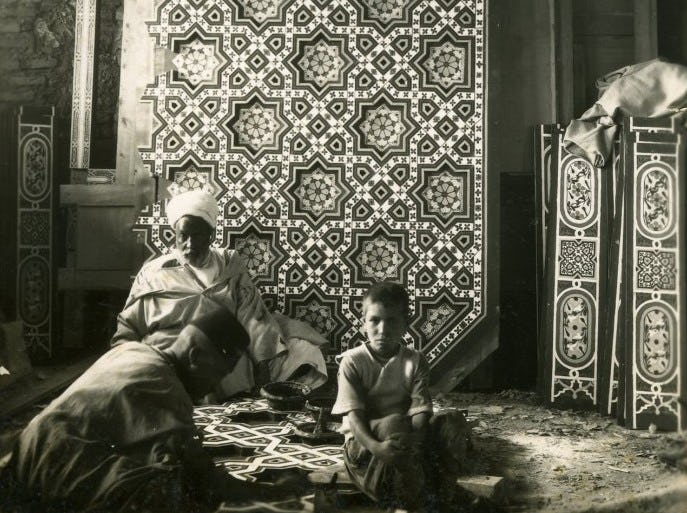Embroidered Silk Portrait of the Mughal Empress Mariam-uz-Zamani
Datec. 1850
MediumCotton, silk threads
DimensionsOverall: 22 1/4 x 15 1/2 in. (54 x 36.2 cm)
ClassificationsTextiles
Credit LineCourtesy of the Doris Duke Foundation for Islamic Art
Object number85.15
DescriptionThought to be a portrait of the Mughal Empress Mariam-uz-Zamani (an honorific title, her name is unknown but thought to have been Harkhan Champavati), wife of Akbar (r. 1556-1605 CE), this image was created not by delicate brushstrokes, but by tiny stitches: silk thread covers the entire surface, from her sarpech (turban ornament) to her heavily embroidered caftan. The heavy ropes of pearls, gem-set pendants, and floral diadem certainly indicate a high-ranking lady of the court, if not the empress herself. If it is meant to be Harkhan Champavati, then the depiction is apt: a Rajput princess, she married into the Mughal dynasty as a celebrated union of Hindu and Muslim families. Court artists - of diverse faiths - highlighted the wealth and prestige of her family, as well as her exalted position as mother of the future emperor Jahangir. The Mughal Empire was at its height under Akbar, with riches obtained through such matrimonial alliances, as well as military campaigns. As this portrait was made in the 18th century, as the Mughal Empire was waning, this is perhaps a moment of wistful artistic reflection on the era of peace and pluralism under Mariam-uz-Zamani and Akbar, two centuries before.On View
On view19th - 20th century












